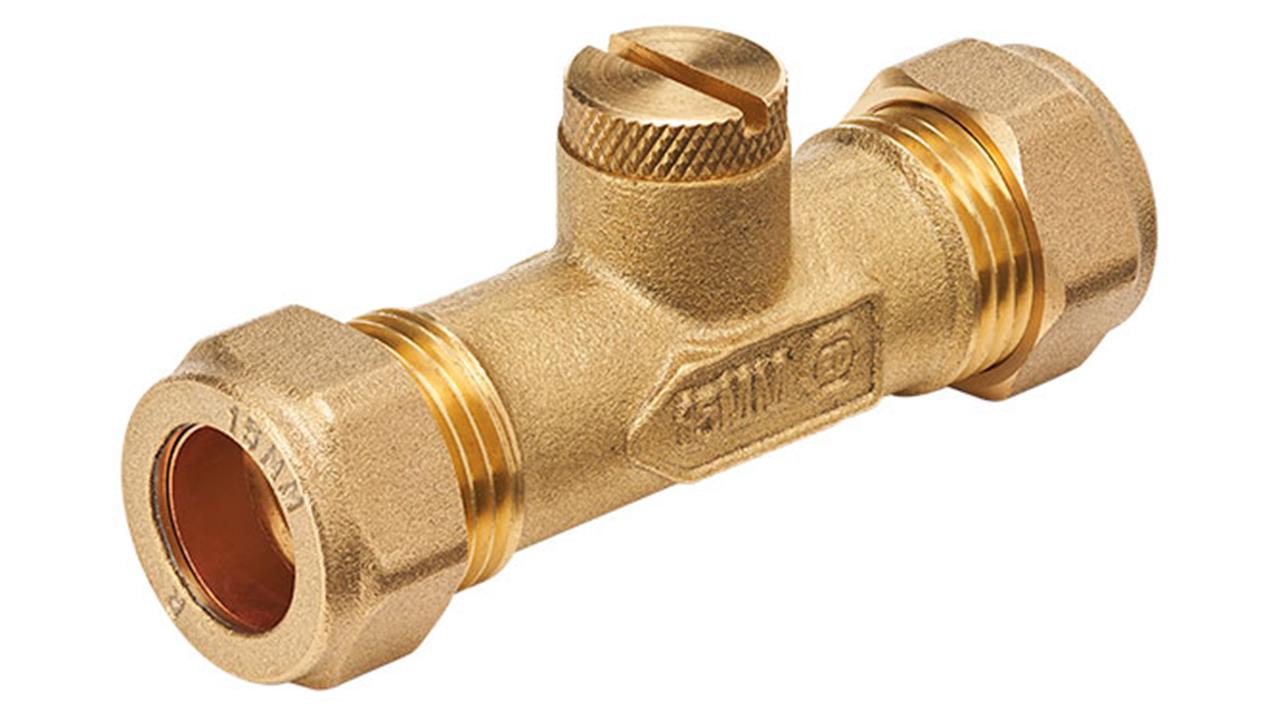

Whether you are working on a newbuild or you are undertaking updates or renovations to an older property, backflow prevention devices are something every plumber installs frequently to meet water regulation compliance. From tundishes and check valves to RPZ valves and break tanks, there is a solution for every potential contamination risk.
When installing a fixture or an appliance, it is important to understand the risk to the mains wholesome supply and be up to date with the associated five risk categories. Here is what you will need to know.
Fluid Category 1 outlines the lowest contamination risk, such as wholesome drinking water applications, where no backflow prevention device is required.
To be classed in Fluid Category 2, the water’s aesthetic quality has to be impaired due to a change in temperature or the presence of an organism that changes the taste or odour.
An example would be a mixer tap where hot water mixes with cold water and cross flow could occur. If the hot water passes back down the cold supply it could lead to bacteria, like Legionella, breeding across the system.
In this instance, a single check valve must be installed on the cold supply.
Fluid Category 3 relates to applications where cross contamination with a fluid low in toxicity could occur, which would be deemed a slight health hazard. A typical application would be a domestic washing machine, where cleaning detergent could contaminate the cold supply. Fitting a double check valve is required for any risk classed under the Fluid Category 3.
In Fluid Category 4, we have applications where cross contamination with a fluid of a high toxicity might occur, which would be deemed a significant health hazard. Common examples include commercial dishwashers. To protect the mains supply and ultimately, the end-users, you are required to install an RPZ valve.
Applications in Fluid Category 5 are those posing the highest risk to the water mains supply. Defined as fluids causing a serious health hazard due to the concentration of pathogenic organisms, radioactive, or very toxic substances, cross contamination could potentially occur in places like WCs.
For all applications in this category, an air gap is required. This is commonly built into the appliance, for example in a WC between the cistern and the pan. Should this not be the case, an enforced air gap should be designed into the installation.
If in doubt, you should always over-specify. For guidance on specific applications, you should reference the water regulations website or speak to your local water authority.
Find out more about backflow prevention valves here: www.reliancevalves.com/gb/en/products/flow-control/backflow-prevention-valves.
If you'd like to keep up-to-date with the latest developments in the heating and plumbing industry, why not subscribe to our weekly newsletters? Just click the button below and you can ensure all the latest industry news and new product information lands in your inbox every week.